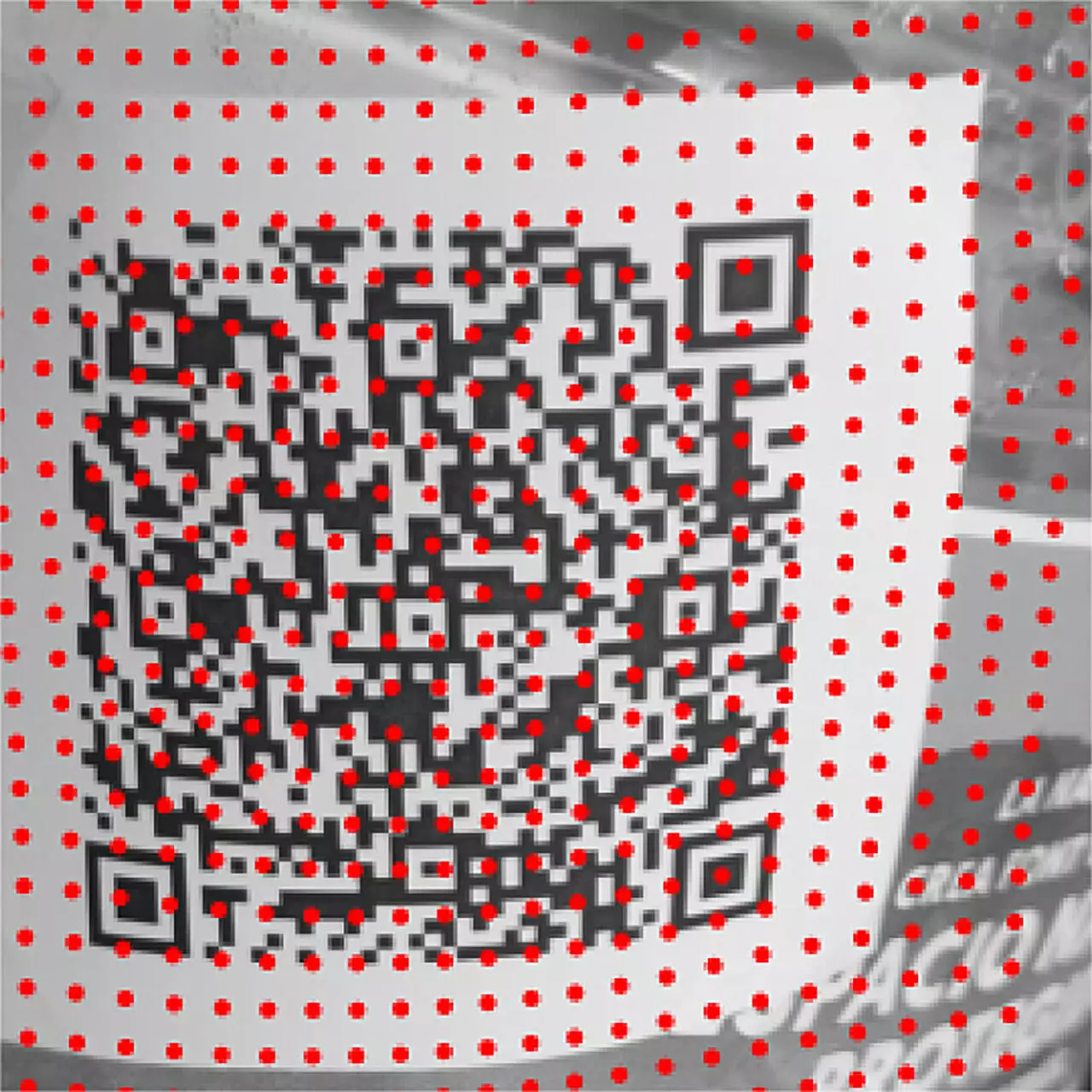In the modern digital age, Quick Response (QR) codes play an essential role in facilitating quick access to information. However, users often face challenges when attempting to scan these codes using smartphones or digital cameras. The difficulty in reading QR codes stems largely from factors such as the quality of the image and the surface on which the code is printed. Irregular surfaces—like those found on packaging or food trays—pose significant barriers to successful recognition, leading to frustrating experiences for users.
The advancements made in QR code technology are imperative, especially considering how these codes have revolutionized the way information is accessed and shared. Unfortunately, issues such as poor image resolution, inadequate printing quality, and unfriendly capture surfaces can render them almost useless. Recent research conducted by a team from the University of Barcelona and the Universitat Oberta de Catalunya addresses these very challenges, proposing a novel methodology for improved QR code recognition.
The research team has developed a methodology that significantly enhances the ability to read QR codes even in less-than-ideal environments. Unlike traditional systems that rely heavily on flat surfaces and optimal image quality, this new approach is versatile enough to accommodate varying topographies. This flexibility allows QR codes to be effectively scanned, even when placed on cylindrical surfaces such as bottles or uneven surfaces like packaging.
The cornerstone of this innovation lies in an algorithm that intelligently adapts to the characteristics of QR codes themselves, utilizing their internal patterns to determine the conditions of the surface they are affixed to. This breakthrough stems from a meticulous mathematical technique known as splines, which adjusts for local surface features, thereby increasing the accuracy and reliability of QR code scanning. Such an approach not only reflects significant progress in the field of image recognition technology but also potentially broadens the application of QR codes across various industries.
Professor Ismael Benito, a leading researcher in this project, emphasizes the limitations faced by conventional QR scanning technologies. Often, technical failures occur because scanners cannot effectively read codes printed on uneven surfaces or when the image quality does not meet necessary standards. To illustrate, Benito points out the scenario of attempting to capture a QR code from a bicycle-sharing service—the cylindrical nature of its placement introduces significant challenges at different distances, impacting successful reading.
The innovative algorithm proposed during this research overcomes these issues by analyzing and adjusting for the surface irregularities. By employing splines—flexible mathematical functions—researchers can align the scanning capabilities to the distortions and textures of the surfaces where QR codes are found. This adaptability is crucial for enhancing the efficacy of QR code recognition across a variety of physical contexts, promising to bridge the accessibility gap experienced by many users.
The development of this new QR code recognition system not only advances technology but also carries significant commercial implications. As businesses increasingly rely on QR codes for customer engagement and transactions, ensuring accurate scanning becomes paramount. Benito highlighted outstanding challenges in the industry, particularly the necessity to safeguard QR codes from tampering or malicious alterations, such as fake URLs. With rising concerns about data security, these enhancements can be pivotal in maintaining user confidence in QR code technology.
Moreover, within controlled industrial environments, speed is of the essence. The ability to quickly and reliably capture QR codes on products is crucial for operations ranging from inventory management to logistics. This research offers promising solutions to enhance efficiency without compromising the accuracy of scans, hence reducing the potential for errors in operational settings.
The contributions made by this research represent a significant leap towards addressing the commonly encountered issues with QR code recognition. By employing a thoughtful combination of mathematics and technology, this innovative methodology has the potential to create a more seamless and reliable experience for users across different contexts. As QR codes continue to play an increasingly substantial role in global commerce and information dissemination, advancements that enhance their functionality are vital for bridging the gap between physical and digital interactions. Ultimately, this breakthrough underscores the ongoing evolution of QR technology in an era where efficiency and accessibility are paramount.


Leave a Reply